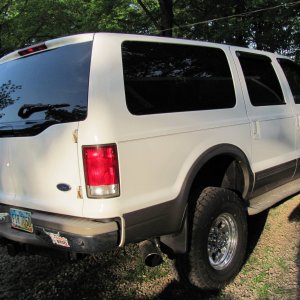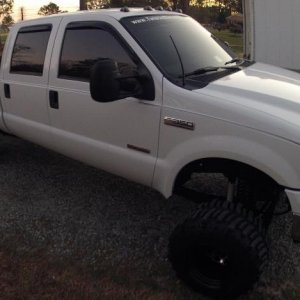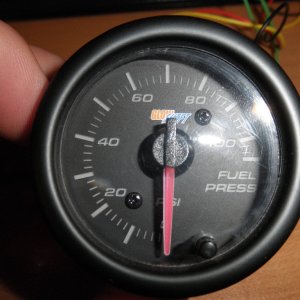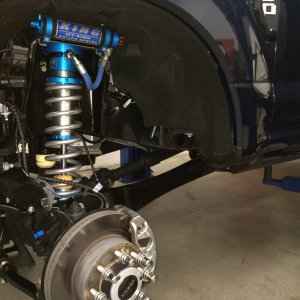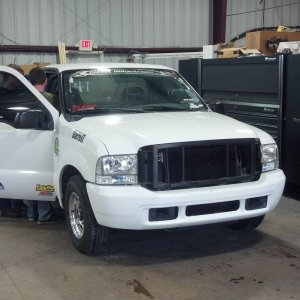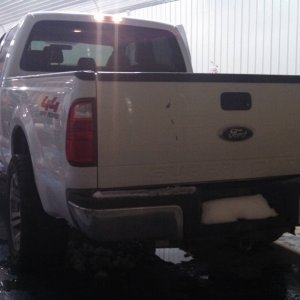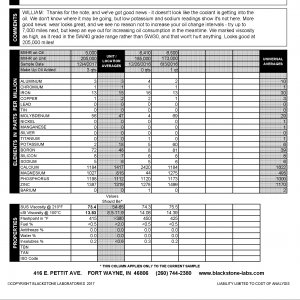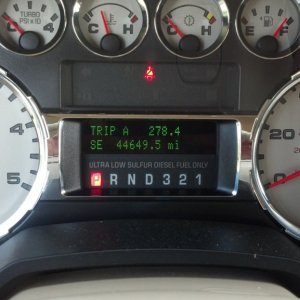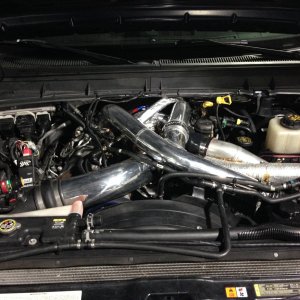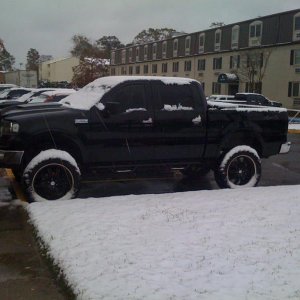RescueF250
New member
Seems like theres a few variations that everyone is doing across the board using ARP studs. Seem some torque n loosen using Ford directions. Others Arp directions. Also various end of torque numbers of 275, 300, 325, 345. What's the actually failure rate at what point has anyone broken a stud ?
I know we had a dicussion in the 6.0 about this and everyone did their own way. Read thru a few different threads here all being different from one person to the other or shop to shop. So the purpose of this maybe clarify for anyone that is looking into it. Maybe can be made into a sticky for folks to refer to when they do their studs.
List your choice of final torque how you reached it ? Your setup on your truck ? Boost pressures etc. Did you do it one at a time or completely remove the head and follow normal procedures or did you go about a different way to final torque.
I know we had a dicussion in the 6.0 about this and everyone did their own way. Read thru a few different threads here all being different from one person to the other or shop to shop. So the purpose of this maybe clarify for anyone that is looking into it. Maybe can be made into a sticky for folks to refer to when they do their studs.
List your choice of final torque how you reached it ? Your setup on your truck ? Boost pressures etc. Did you do it one at a time or completely remove the head and follow normal procedures or did you go about a different way to final torque.

